
Dental caries is a condition in which the dental hard tissues decay as the result of oral bacteria on the tooth surface. While dental caries are not common in cats, it does occur and should be watched for.
Caries can affect the crown or the roots of the teeth, and is classified as pit-and-fissure caries, smooth-surface caries, or root caries. There is no known breed, age, or gender risk.
Dental caries are caused by bacteria fermenting carbohydrates on the tooth surface. This fermentation leads to the production of acids, which demineralize the enamel and dentin of the teeth. Following demineralization, the organic matrix of the tooth is digested by oral bacteria and/or white blood cells.
The health of the teeth is based on the constant exchange of minerals between enamel and oral fluids, so when there is prolonged retention of fermentable carbohydrates and bacterial plaque on the tooth surface, and this condition leads to a net loss of mineral, the tooth will be disposed to the development of caries.
Early caries may be reversible through re-mineralization, but once the protein matrix collapses, the lesion is irreversible. Even if only one tooth has become irreversibly damaged, care must be taken to protect the remaining teeth, since dental surfaces in close contact with an established caries are at risk of developing a lesion as well.
Some of the inherent risk factors that will encourage the development of caries are when the teeth are very tight together, resulting in smooth-surface caries; and when deep pockets between the teeth and gums allow bacteria to gather. Fermenting carbohydrates will take up residence in these pockets, inflicting damage low on the tooth, closer to the root. Where the top and bottom teeth meet on the maxillary first molar, in the pit of the tooth, is where dental caries most commonly develop.
Developmental grooves on the crown surface of the tooth, and deep pits where the teeth touch each other, will dispose the tooth to pit-and-fissure caries. Overall health and diet play a role in the development of caries as well. Cats with poorly mineralized enamel, lower salivary pH, diets high in fermentable carbohydrates, and poor oral hygiene are all at risk for developing dental caries.
There are five primary stages of the pathology:
Your veterinarian will need to examine your cat's teeth for enamel hypocalcification, which will show exposed and stained dentin, and will also test the stability of the dentin. Sound dentin is hard, and will not yield to a dental explorer, whereas carious dentin is soft and will yield to a sharp instrument.
If the dentin is exposed, and is lacking in stability, your doctor will look for the cause of this defect. Crown fracture, abrasive wear, attrition with exposed dentin, or extrinsic staining may be some of the possible causes. If the condition has progressed to caries, and especially if it has progressed below the gum-line into the root of the tooth, extraction of the tooth will be the most likely solution for resolving the problem.
There are several stages for the treatment of dental caries:
If the condition is categorized as incipient (beginning) caries, your veterinarian will apply a fluoride varnish, or a fluoride-releasing dentin-bonding agent. If it has progressed to root caries, your veterinarian will further examine the condition of the tooth to see if the gum disease can be managed, and the restoration placed above the gum.
Restoration may be possible, but extraction will be the treatment of choice for most teeth with root caries. If only one root of a tooth with more than one root is carious, extraction of the affected root with treatment of the remaining root(s) is also an option.
High-risk cats (such as those with very tight fitting teeth) will most likely need an application of a pit-and-fissure sealant on the remaining teeth. Sealant treatment is especially likely, and probably necessary, for the teeth that are in direct contact with the tooth, or teeth, that have already developed caries. Your veterinarian will help you to make a practical plan for modification of risk factors.
If your veterinarian has found it necessary to operate on one or more of your cat's teeth, you will need to return with your cat six months later for a postoperative examination and radiographs, and then annually, or as the opportunity presents.
It is important to commit to a regular routine of mouth hygiene, which includes brushing, and tooth strengthening chew toys and treats, since cats that have been affected by this tooth condition will frequently have more than one incidence of caries.
A healthy diet that is proportionately balanced in carbohydrates, and promotes a healthy pH balance in the mouth, along with regular checks on the teeth to monitor for new lesions (at least weekly), will go along way to helping your pet keep all, or most, of the teeth it was born with.
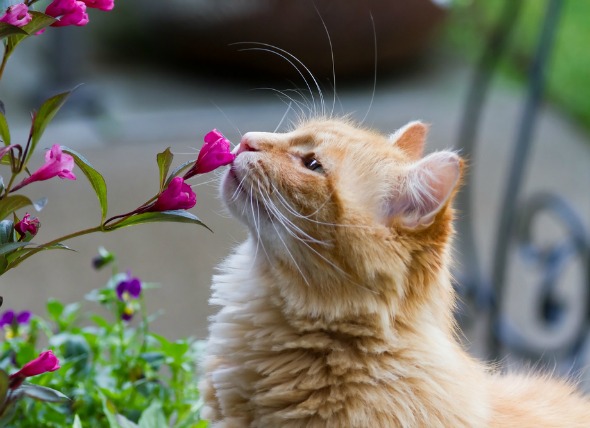 Skin Cancer (Basal Cell Tumor) in Cats
Basal Cell Tumor in Cats
Basal cell tumor is the
Skin Cancer (Basal Cell Tumor) in Cats
Basal Cell Tumor in Cats
Basal cell tumor is the
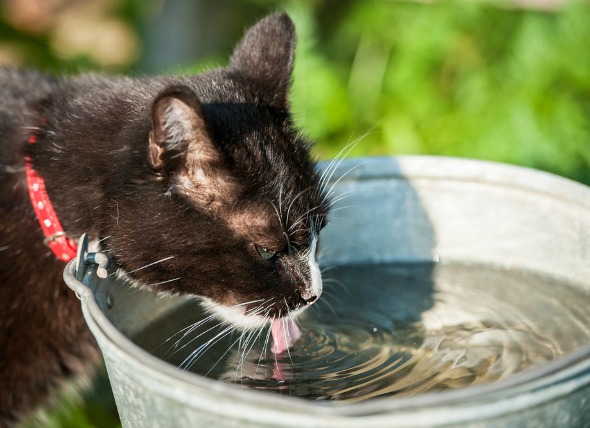 Increased Urination and Thirst in Cats
Polydipsia and Polyuria in Cats
Polyuria refers t
Increased Urination and Thirst in Cats
Polydipsia and Polyuria in Cats
Polyuria refers t
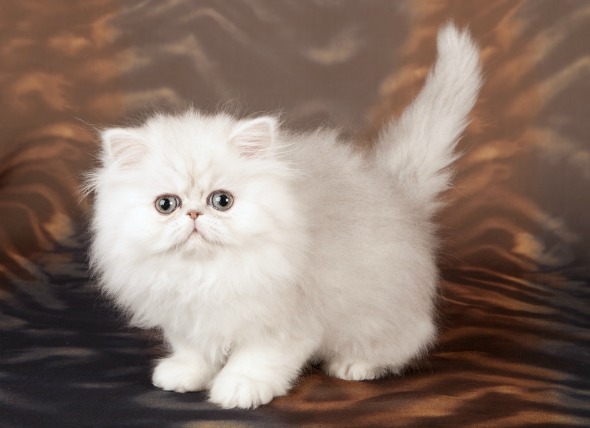 Eye Defects (Congenital) in Cats
Congenital Ocular Anomalies in Cats
Congenital ab
Eye Defects (Congenital) in Cats
Congenital Ocular Anomalies in Cats
Congenital ab
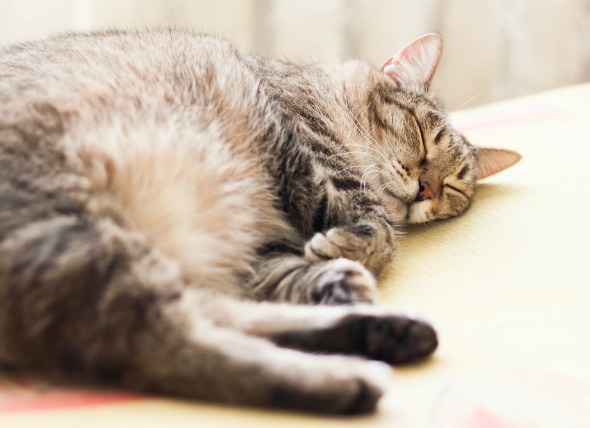 Swelling in Cats
Peripheral Edema in Cats
Swelling due to an exces
Swelling in Cats
Peripheral Edema in Cats
Swelling due to an exces
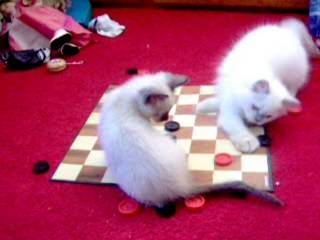 Why Cats Use Litter Boxes
Why Cats Use Litter Boxes
Why Cats Use
Why Cats Use Litter Boxes
Why Cats Use Litter Boxes
Why Cats Use
Copyright © 2005-2016 Pet Information All Rights Reserved
Contact us: www162date@outlook.com